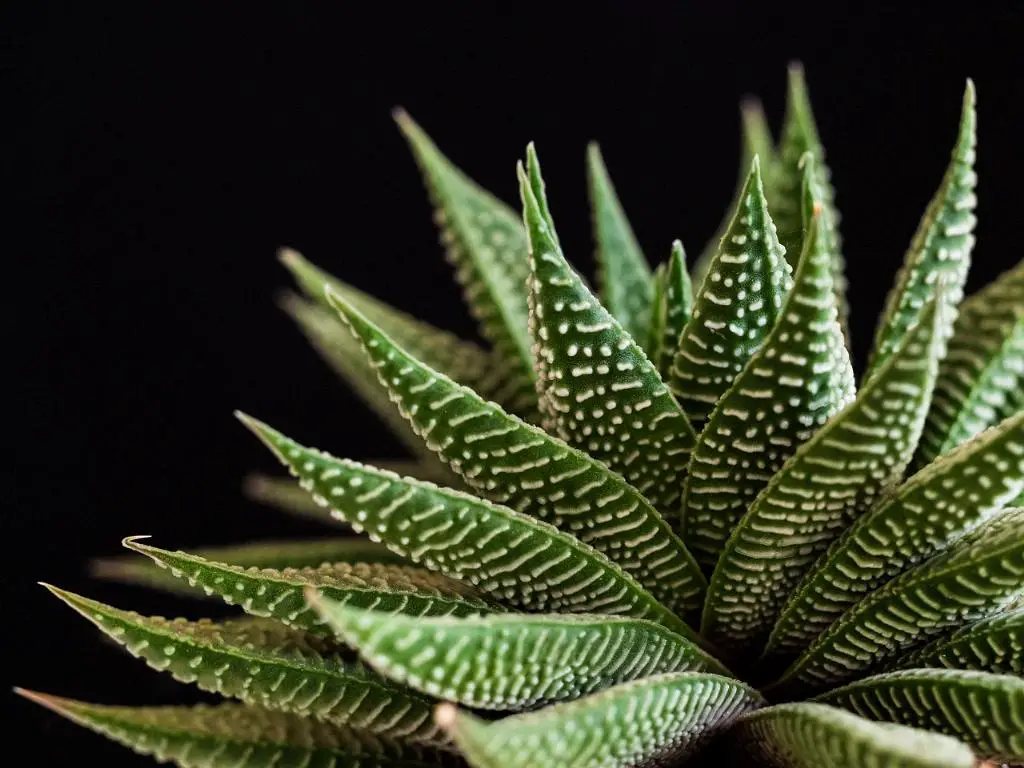When it comes to watering your succulents, it is essential to understand their specific needs to ensure they thrive and flourish. Succulents are known for their ability to store water in their leaves, stems, and roots, allowing them to survive in arid conditions. However, overwatering can be detrimental to these plants, leading to root rot and other issues. So, how often should you water your succulents?
One general guideline to follow is to water your succulents every other week during the non-winter months. This timeframe allows the soil to dry out between waterings, preventing the roots from sitting in soggy conditions, which can cause rot. It is crucial to check the moisture level of the soil before watering to avoid overwatering.
During the winter months, when the temperature drops and the growth of succulents slows down, the watering frequency should be adjusted. It is recommended to water your succulents only once a month when the temperature is below 40 degrees Fahrenheit. The reduced watering frequency helps mimic the plants’ natural dormant period during the colder months.
Observing your succulents is also key in determining their watering needs. Different succulent species have varying water requirements based on factors such as their size, growth rate, and environmental conditions. Some succulents may need more frequent watering, while others can thrive with minimal moisture.
Factors such as the type of potting mix used, the pot’s material, and the size of the container can influence how often you should water your succulents. Well-draining soil is essential for succulents to prevent waterlogging and promote healthy root growth. Terracotta pots, which allow for better airflow, can also help in preventing excess moisture around the roots.
Another aspect to consider is the location where your succulents are placed. Succulents kept indoors may require less frequent watering compared to those grown outdoors, as indoor environments tend to have lower humidity levels. Providing adequate sunlight and proper airflow can also affect how quickly the soil dries out.
It is vital to water your succulents thoroughly when you do water them, ensuring that the water penetrates the roots and hydrates the entire plant. Allow the excess water to drain out of the pot to prevent water accumulation at the bottom, which can lead to root rot. Proper drainage is crucial for the overall health of your succulents.
Some signs that your succulents may be overwatered include wilting, yellowing leaves, or mushy stems. On the other hand, underwatered succulents may show symptoms such as shriveled leaves or a flaccid appearance. By paying attention to these signs and adjusting your watering routine accordingly, you can help prevent issues and keep your succulents thriving.
During the growing season, typically in spring and summer, succulents may require more frequent watering due to increased sunlight and higher temperatures. Monitoring the moisture level of the soil and adjusting your watering schedule based on environmental conditions can help ensure optimal growth and health for your succulents.
When in doubt, it is better to underwater your succulents than to overwater them. Succulents are adapted to survive in arid conditions and can withstand periods of drought. It is easier to correct underwatering by gradually increasing the moisture level rather than dealing with the consequences of overwatering, which can be more challenging to reverse.
Remember that watering frequency is just one aspect of caring for your succulents. Providing proper sunlight, well-draining soil, suitable temperature, and occasional fertilization are also crucial for their overall well-being. By understanding and meeting the specific needs of your succulents, you can enjoy their beauty and resilience for years to come.
In conclusion, the frequency of watering your succulents depends on various factors such as the season, environmental conditions, plant species, and container type. By following general guidelines and observing your plants’ behavior, you can develop a watering routine that promotes healthy growth and prevents issues such as root rot. Remember to prioritize well-draining soil, proper drainage, and careful observation to ensure the well-being of your beloved succulents.

